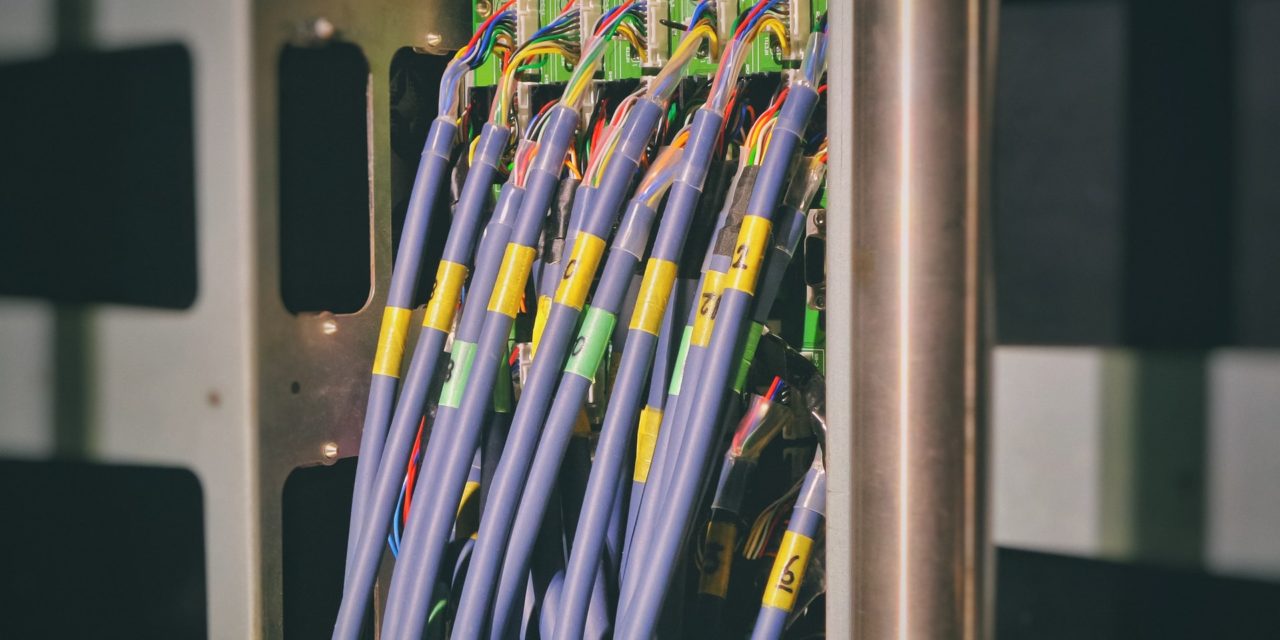[ad_1]
I recently ran into an interesting situation while setting up a network for a client of mine. I'm sharing this problem and its solution in hopes that someone else facing the same scenario might find it useful. My client's network originated from a Comcast router that provided four LAN lines servicing two rooms in his office/warehouse. In the main office, I set up a computer that would act as a network server. The computer was connected to the office's printer and fax machine. We put the files that needed to be accessible to the rest of the employees (including those working in the other room) on this computer, and I attempted to hook everyone up to the network.
The office I was setting up uses Vonage for their phone lines. We had two Vonage devices daisy-chained from one of the Comcast cable outlets in the room. The Vonage router that was next in line from the Comcast LAN connection was a Motorola VT2442. Connected to the Motorola VT2442 was a D-Link VWR wireless router. Because most of the computers used in the office are laptops, I had no trouble setting up a network that would allow access from any computer hooked directly to either of the two Vonage routers. The problem came in to play when we realized we needed to connect a desktop in the next room to our network. By logging in to the two Vonage routers, I set them up on the same subnet (192.168.15.x). However, the isolated desktop in the next room was receiving an address from the Comcast router that was on a subnet 10.1.10.x.
After searching online for a resolution and finding nothing that worked, I called Vonage's technical support. Kudos to those guys. Here is what we figured out.
Probably because I'm not an expert networking guru, I wasn't aware that you can change a router into a switch. That's what had to happen in this situation. Thankfully, the Vonage technical support guy walked me through the following process.
I unplugged the Comcast LAN connection from the WAN port on the Vonage Motorola device, and I plugged it into one of the LAN ports on the same device. I then took another Ethernet cable, and I plugged it into another LAN port on the Motorola device. I connected the other end into the WAN port on that device. Apparently, setting up a router in that configuration changes it into a switch.
I followed the same pattern on the Vonage D-Link VWR device, connecting one of the remaining LAN ports on the Motorola device to one of the free LAN ports on the D-Link device. After setting up these devices as described, I was able to set up a network based on the subnet being perpetuated by the Comcast router (10.1.10.x), and every computer in the office (including the renegade desktop in the other room) was able to connect to the resources they needed on our network server.
The moral of this story: If you find your subnets aren't catching, make some switches from your existing routers.
[ad_2]
Source by Richard Robbins

